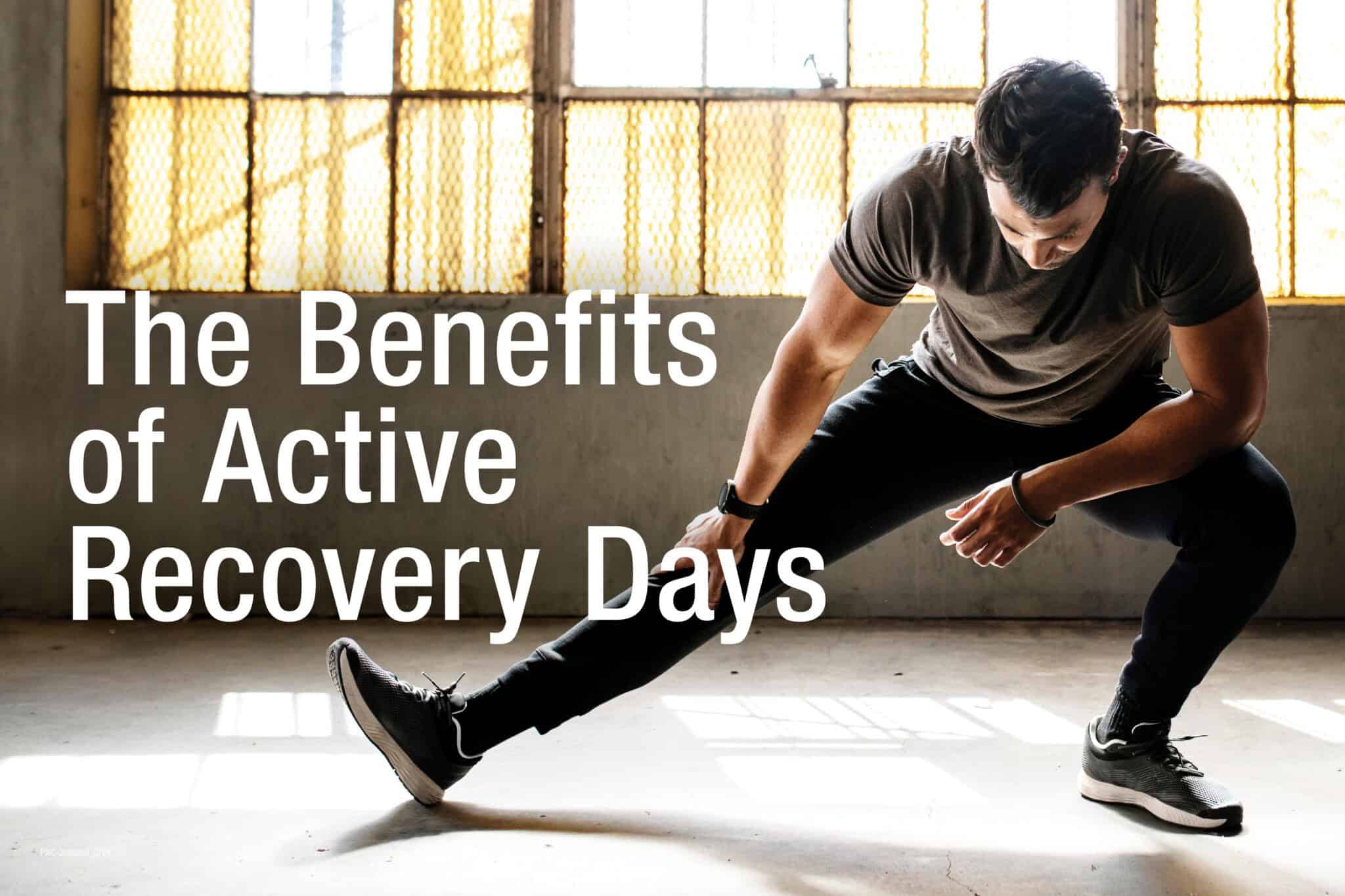
79% of runners are injured annually.
If you or any of your friends are runners, chances are that you’ve found yourself talking about your injuries at some point. These injuries aren’t caused purely by running, rather they are caused by running with faulty mechanics.
In our last post,we went over self-tests to see if you have the fundamental mobility and stability to run. In this post, we’re giving you an overview of some of the most infamous injuries associated with running.
Patellofemoral Pain Syndrome
Also known as “PFPS,” Patellofemoral Pain Syndrome results in pain around the kneecap, or patella. The patella and femur have a specific tracking pattern as the knee moves through flexion and extension, and PFPS occurs when that tracking becomes faulty. PFPS is typically a product of hip and/or calf weakness or poor tissue flexibility.
Iliotibial Band Syndrome
Also known as “ITBS” or “IT Band Syndrome,” Iliotibial Band Syndrome results in lateral knee pain and inflammation. It occurs due to friction of the IT band rubbing against the lateral femoral condyle as the knee moves throughout the running gait cycle. The friction of the band increases with poor flexibility and hip weakness.
Plantar Fasciitis
Plantar Fasciitis is inflammation of the plantar fascia; the tissue that runs along the bottom of the foot; resulting in heel and arch pain. This is caused by poor ankle mobility resulting in improper mechanics. It can occur with a “high” OR a “low” arch. Runners typically feel less pain during their run, and an increase in pain at the end or after the run.
Achilles Tendinopathy
Achilles tendonitis is an overuse of the Achilles Tendon; the tissue that joins your calf muscles to your heel. This occurs due to poor tissue compliancy (either too compliant or not compliant enough) during the propulsion phase of gait. Achilles Tendinopathy increases in individuals > 35 years of age due to changes in tissue compliancy.
Low Back Pain
Low Back Pain can occur in runners for a multitude of reasons. For example, poor hip extension can result in excess anterior pelvic tilt or pelvic rotation, and weak hip muscles can result in unilateral stress on intervertebral joints. It is most frequently associated with improper posture and/or a lateral trunk lean.
All of these injuries and more can not only be resolved, but prevented with a proper analysis and evaluation done by one of our Doctors of Physical Therapy.


